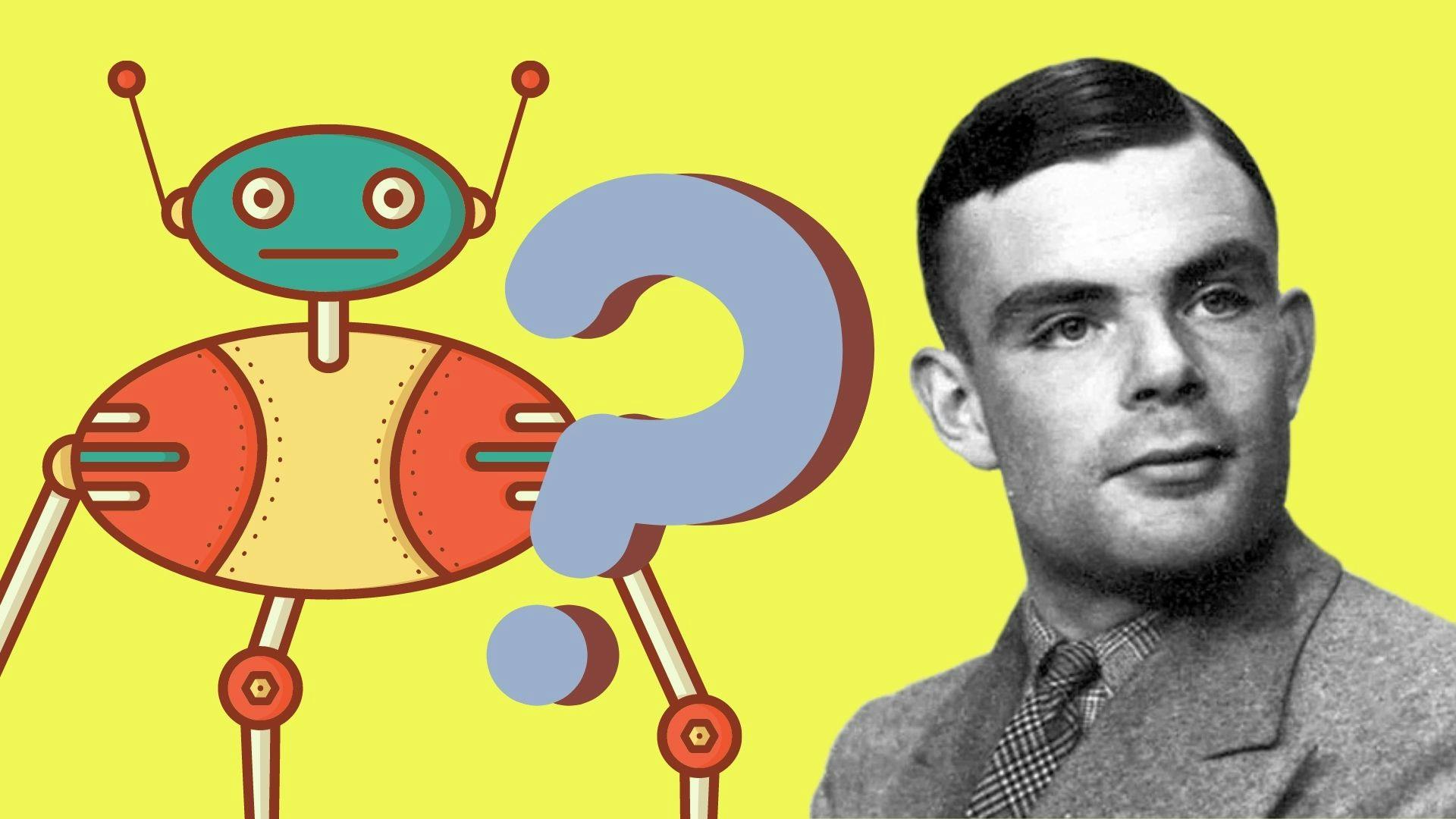
"The Turing Test, brilliant as it was, never really measured whether the AI grasps meaning. It only measured if it could mimic the surface behavior of understanding."
"A prominent paper by Bender et al. famously described large language models (LLMs) as 'stochastic parrots,' suggesting that these systems statistically regurgitate patterns in their training data without any genuine grasp of meaning."
Alan Turing's 1950 test defined intelligence based on linguistic mimicry, yet modern AI like GPT-4 surpasses this benchmark without true comprehension. Critics highlight a key issue: while current AI appears to understand language, it may only be regurgitating patterns from training data, a phenomenon termed the 'stochastic parrot problem.' Despite some evidence of reasoning and problem-solving, debates continue over whether these behaviors indicate real comprehension or mere statistical manipulation. Overall, the limitations of the Turing Test are clear as AI progresses without genuine understanding.
Read at Hackernoon
Unable to calculate read time
Collection
[
|
...
]